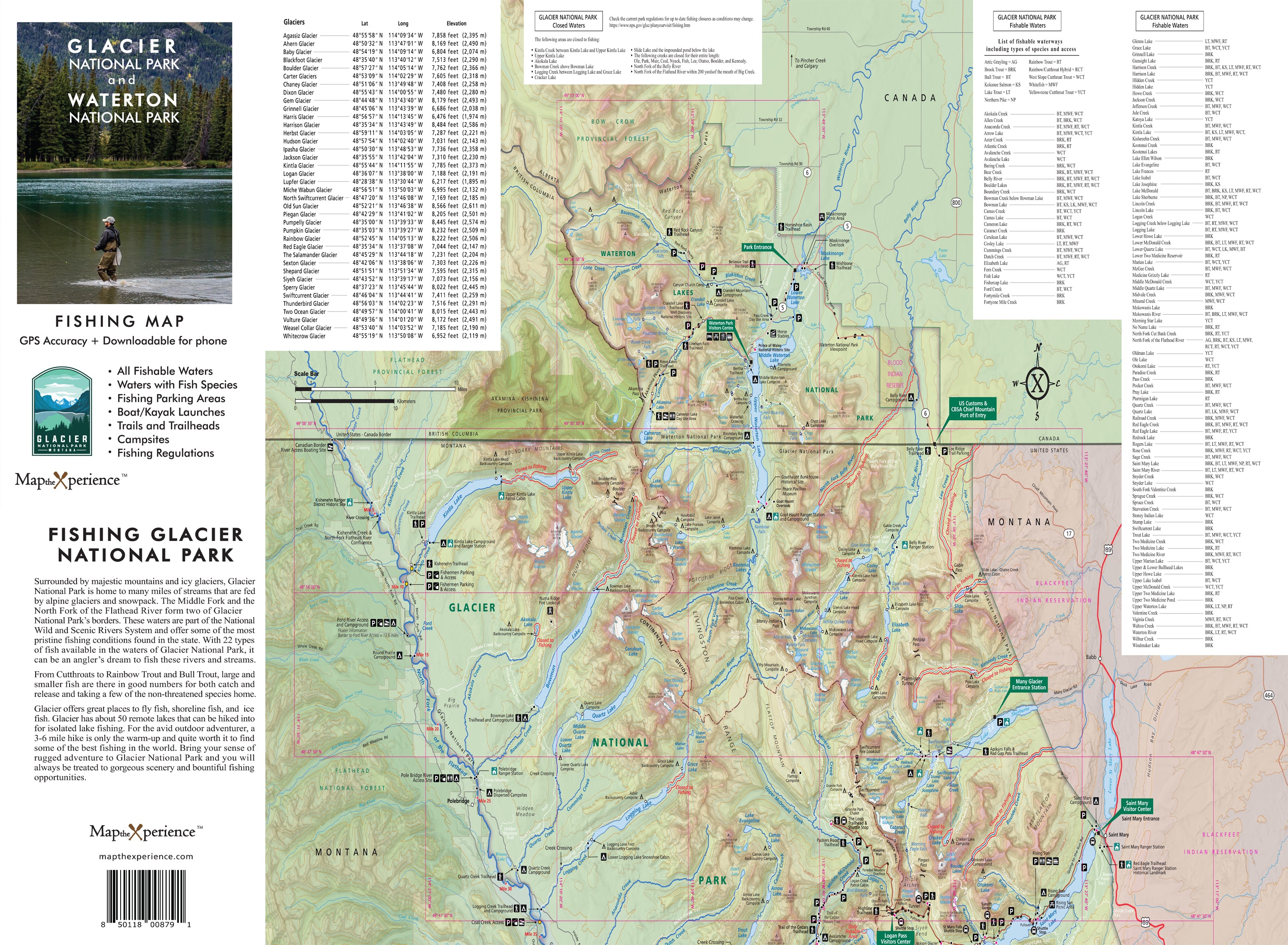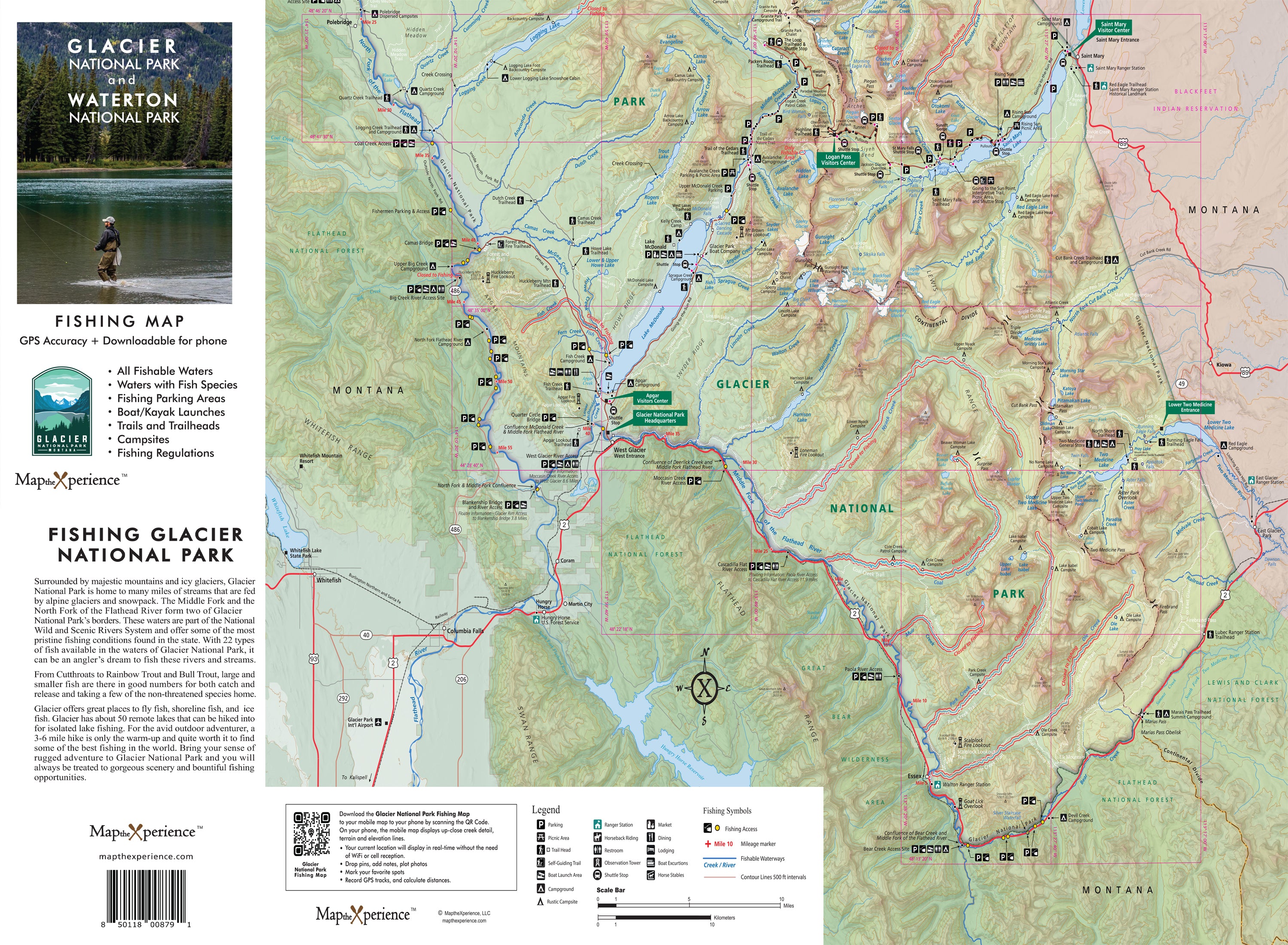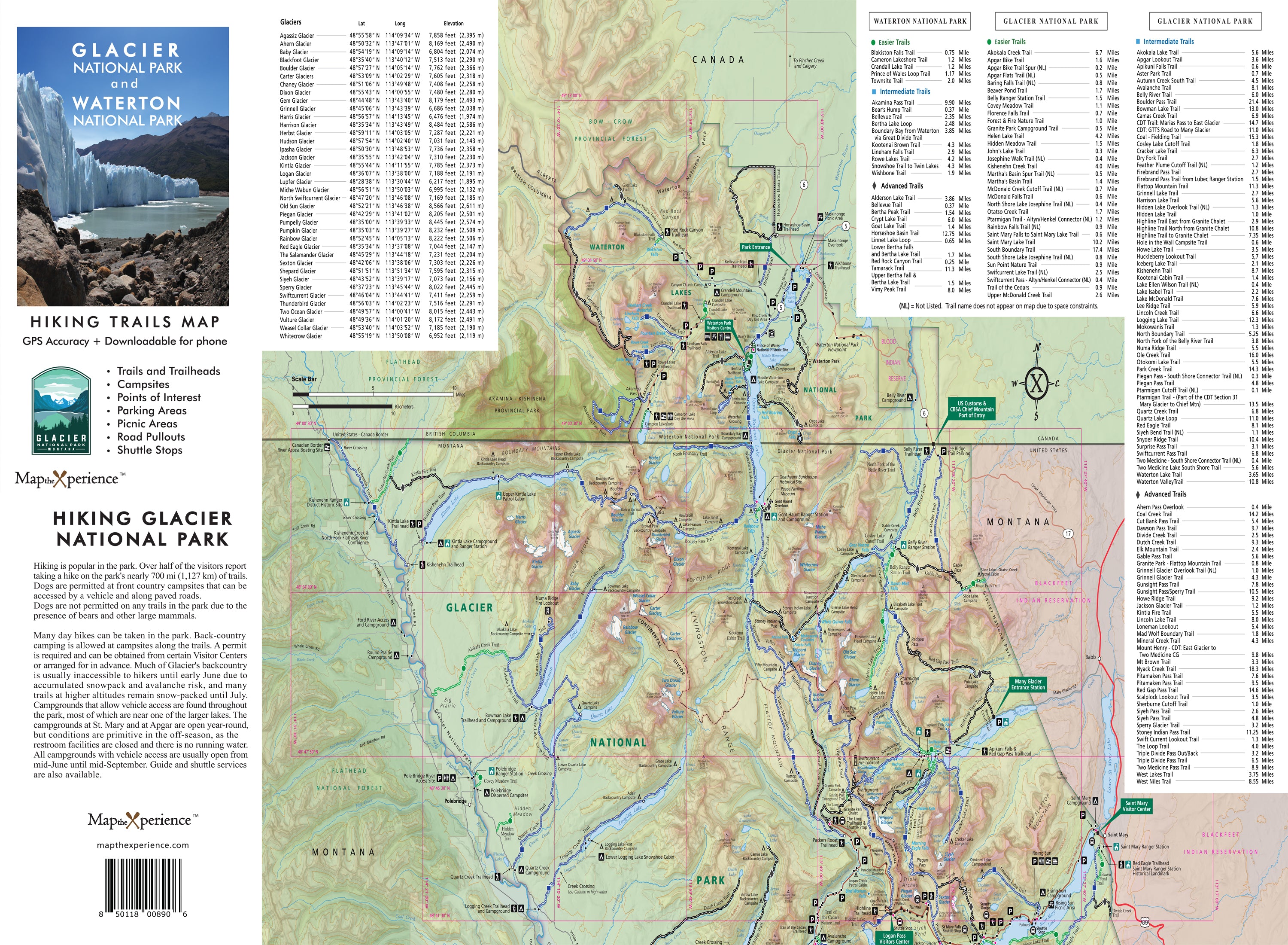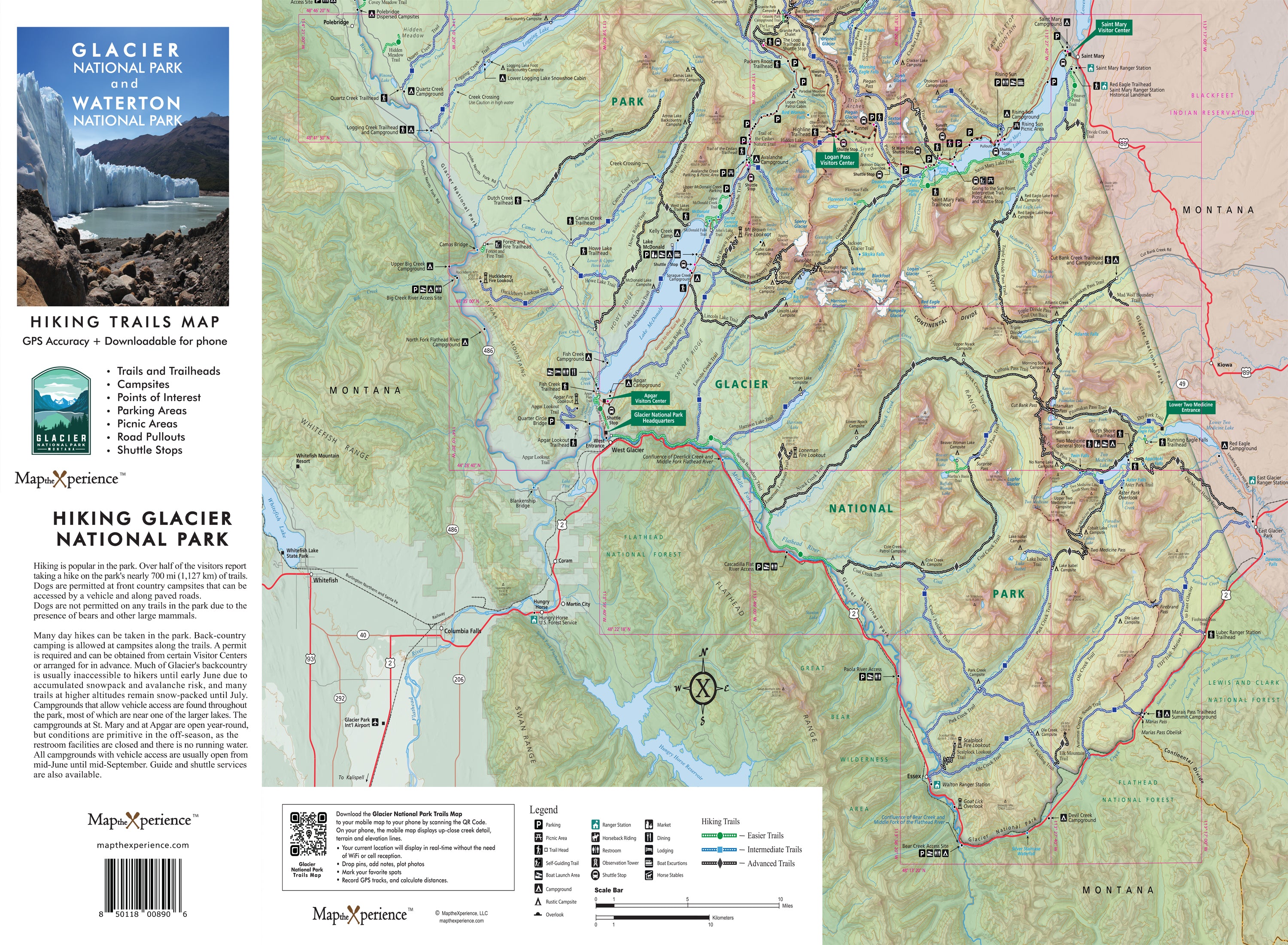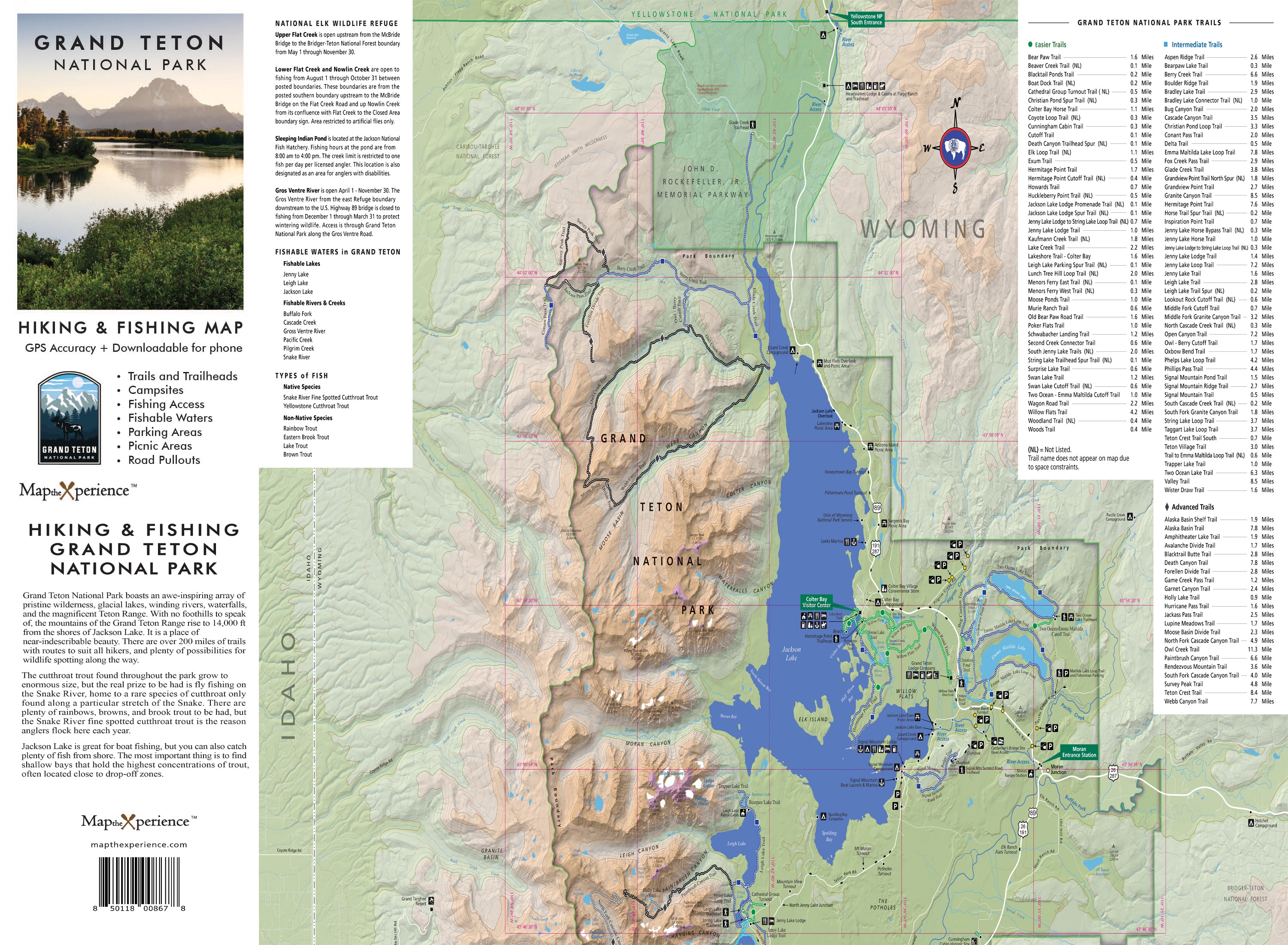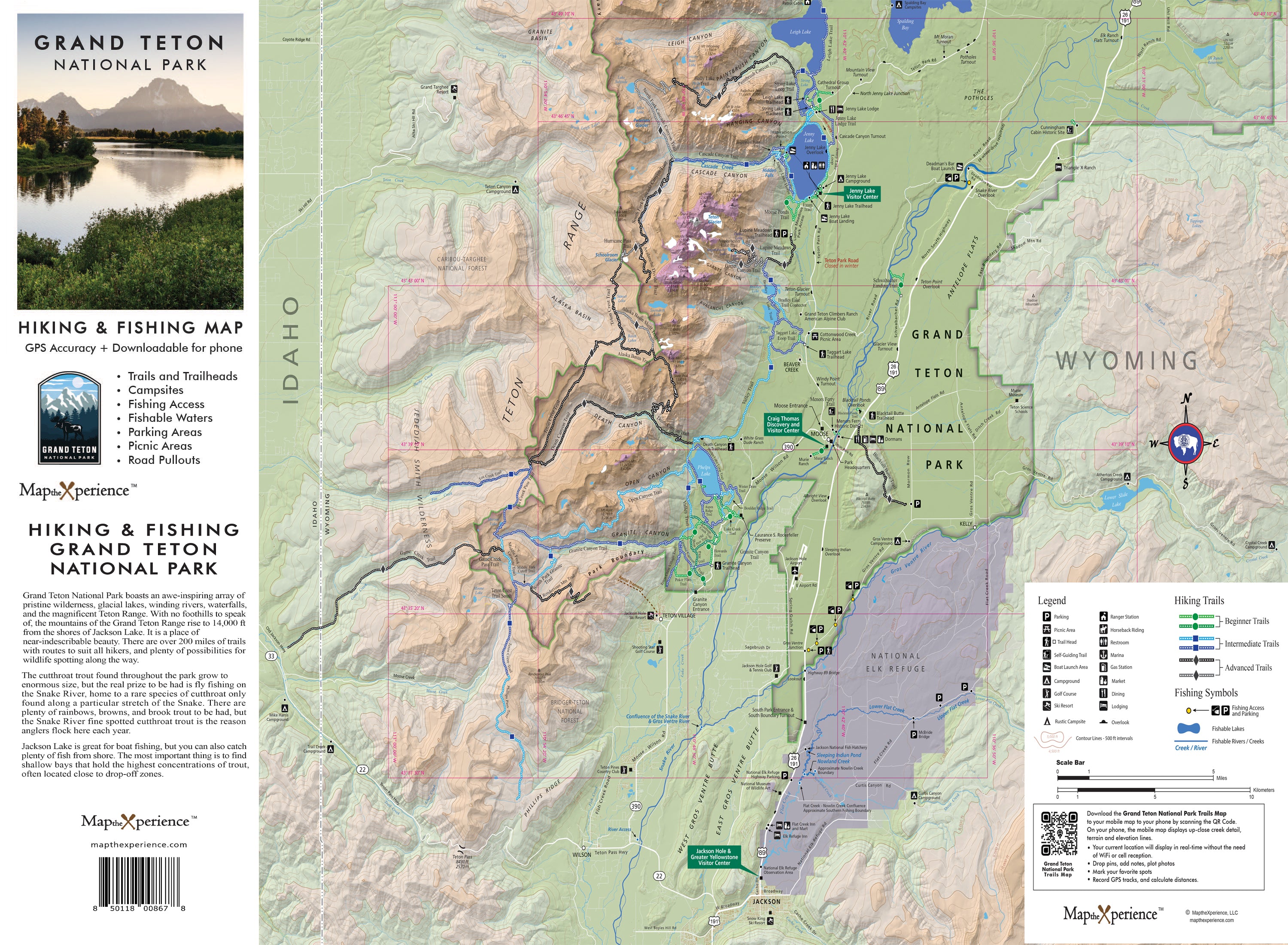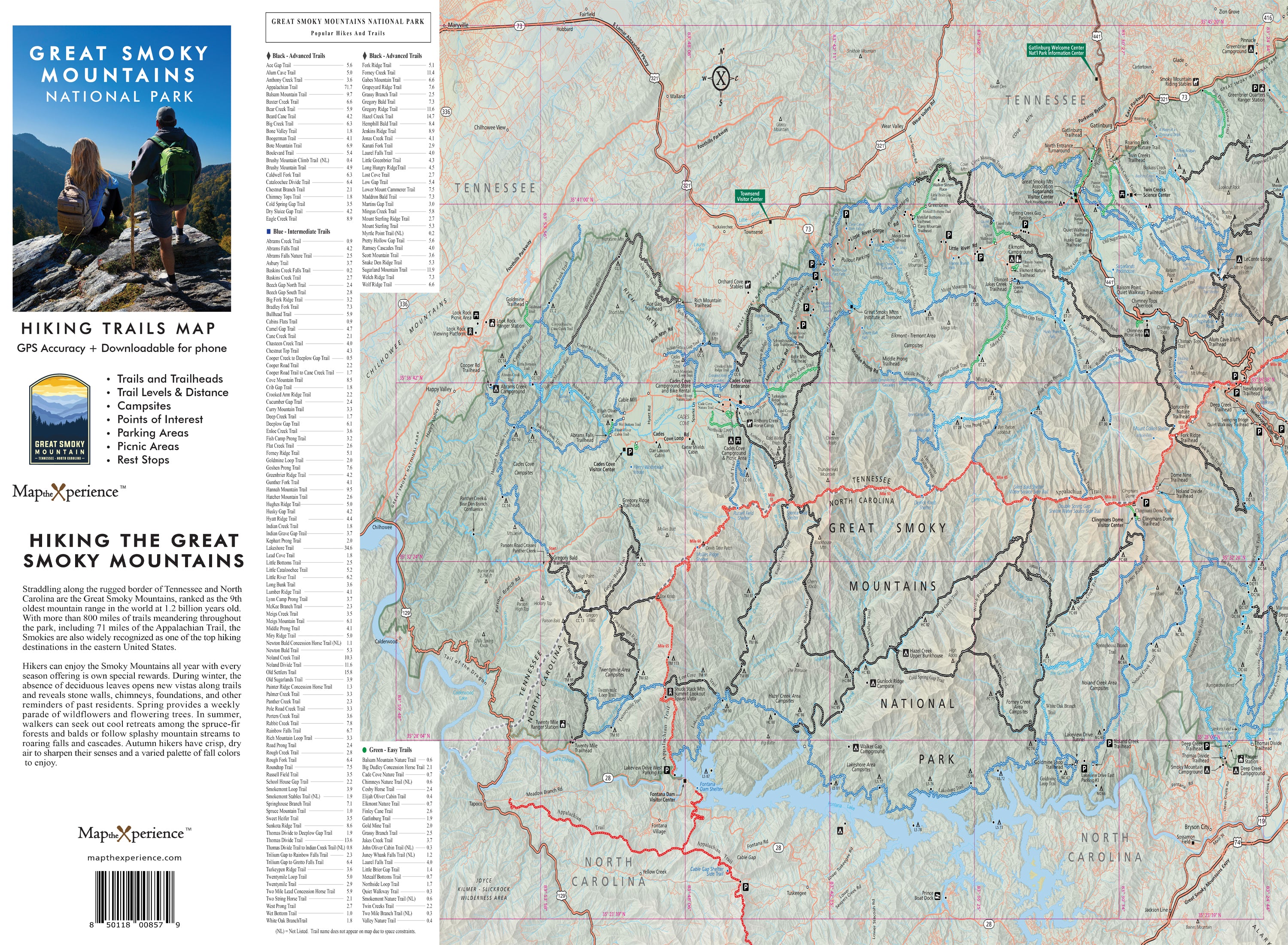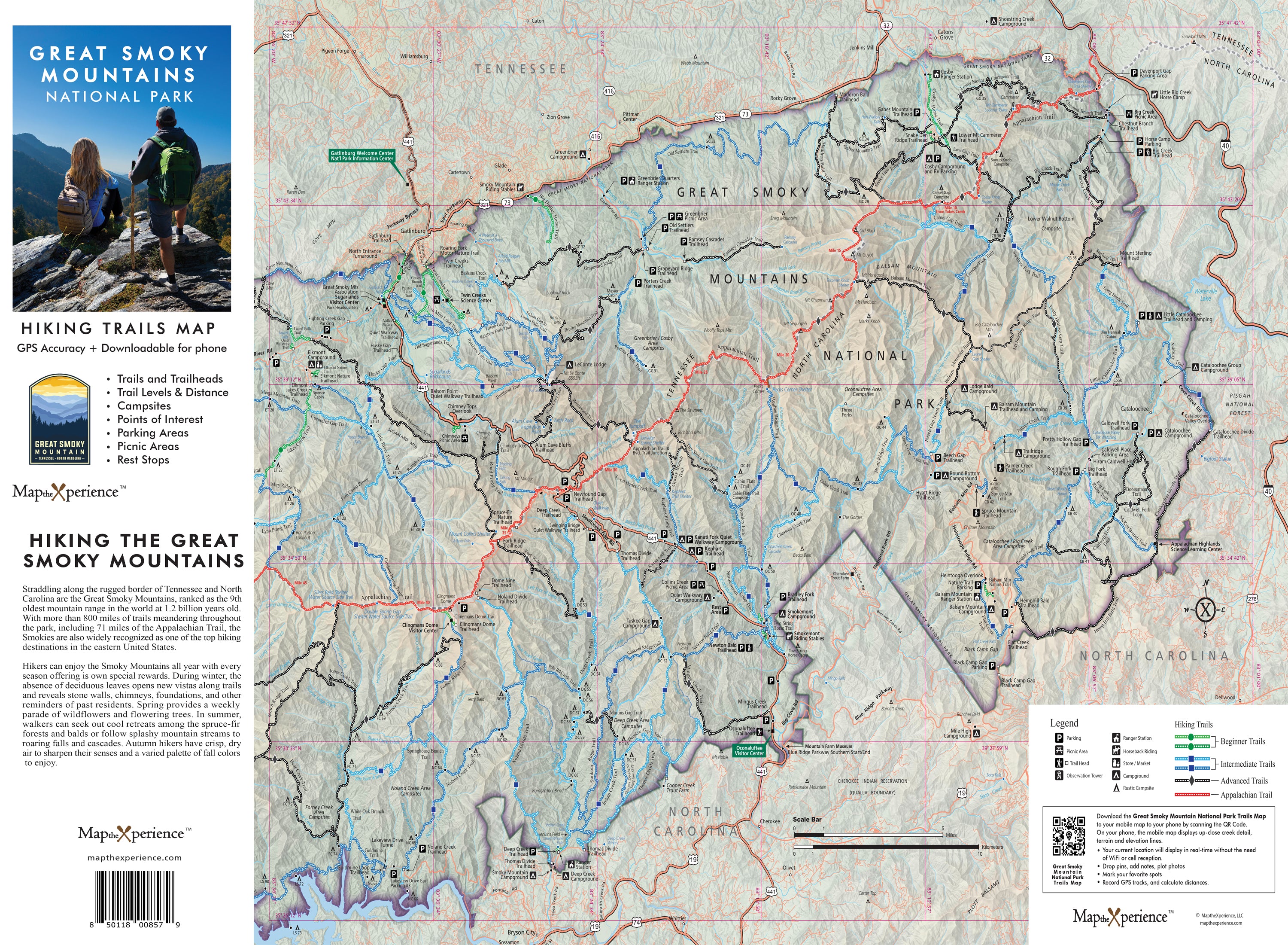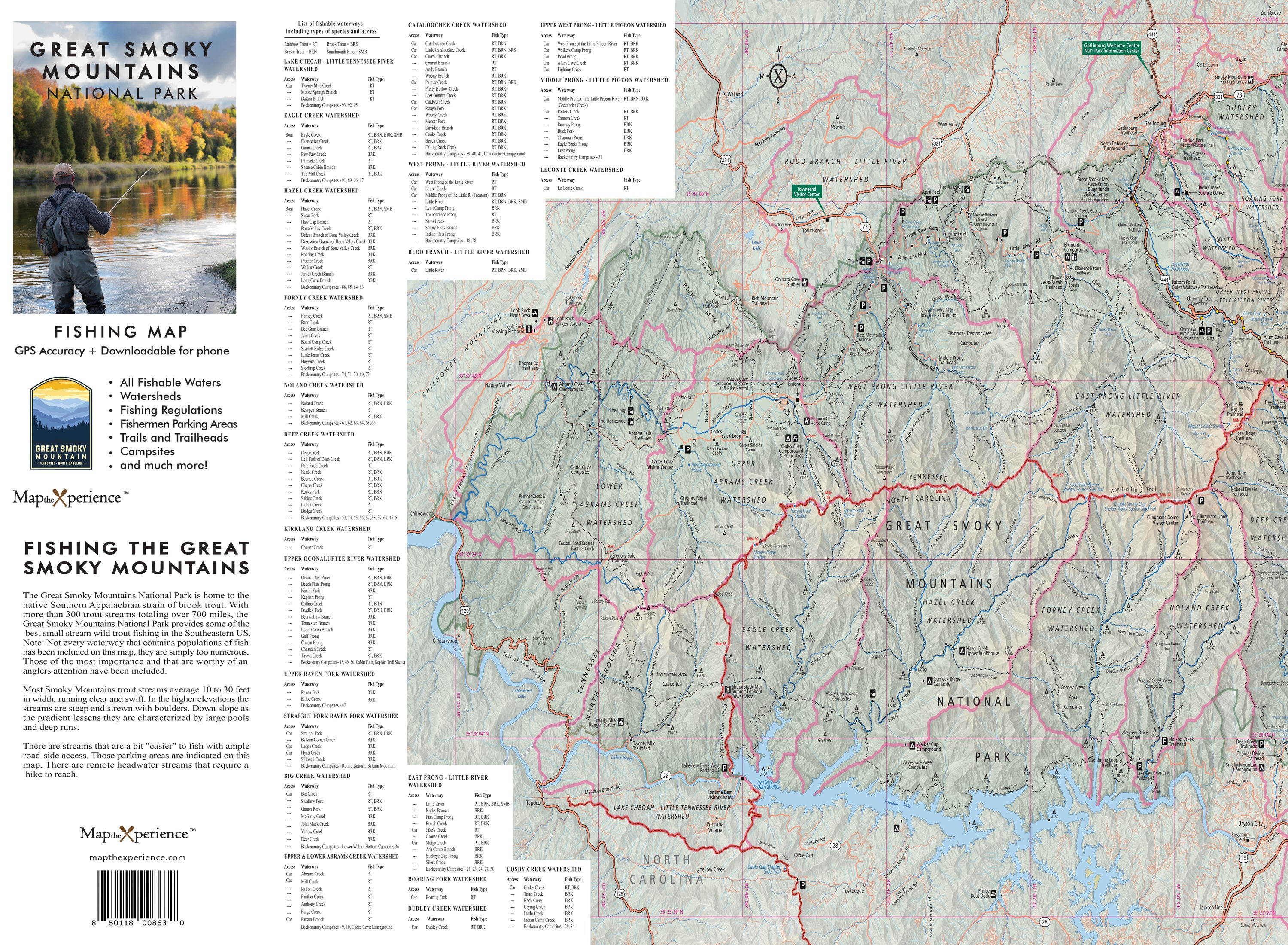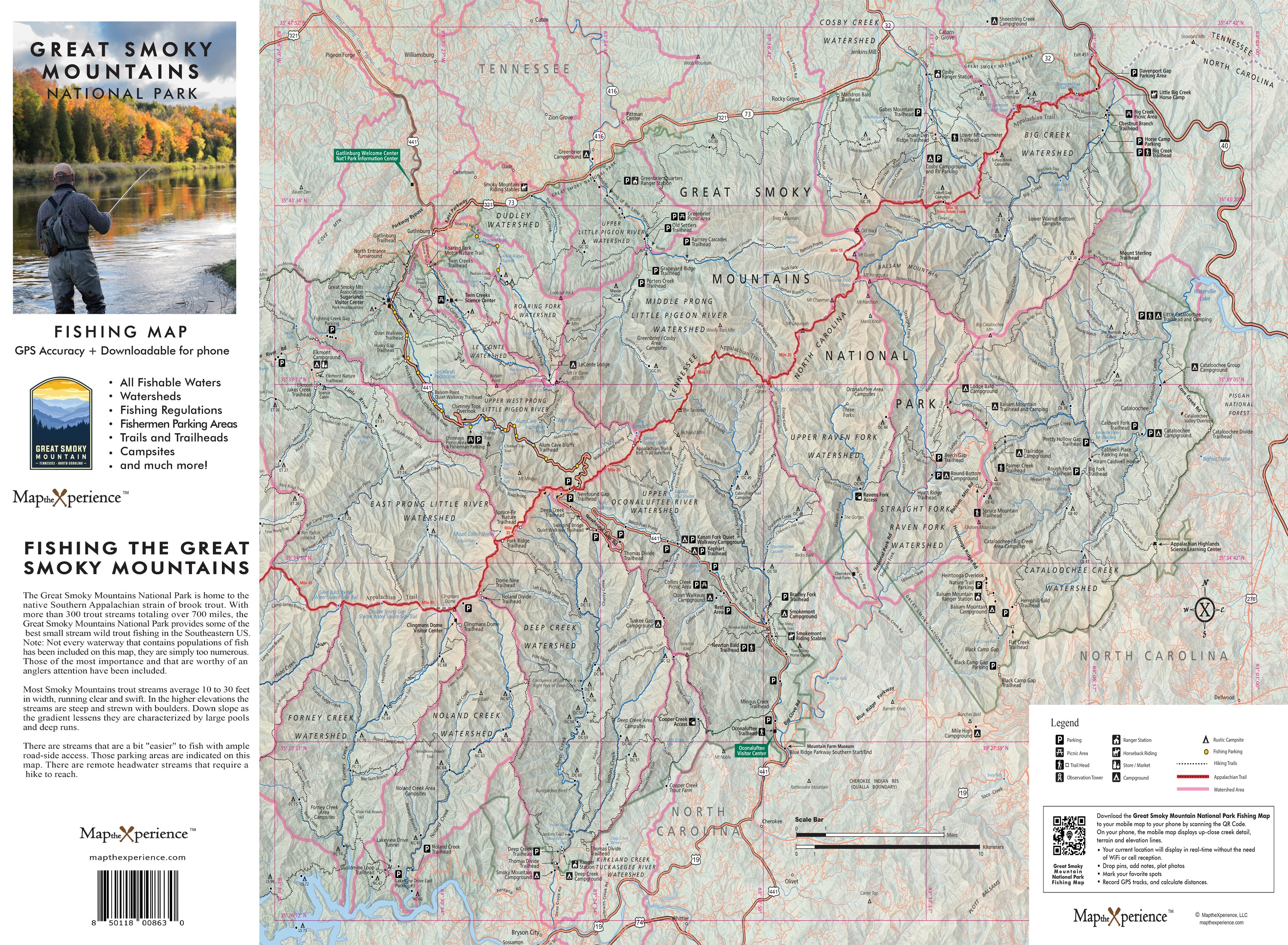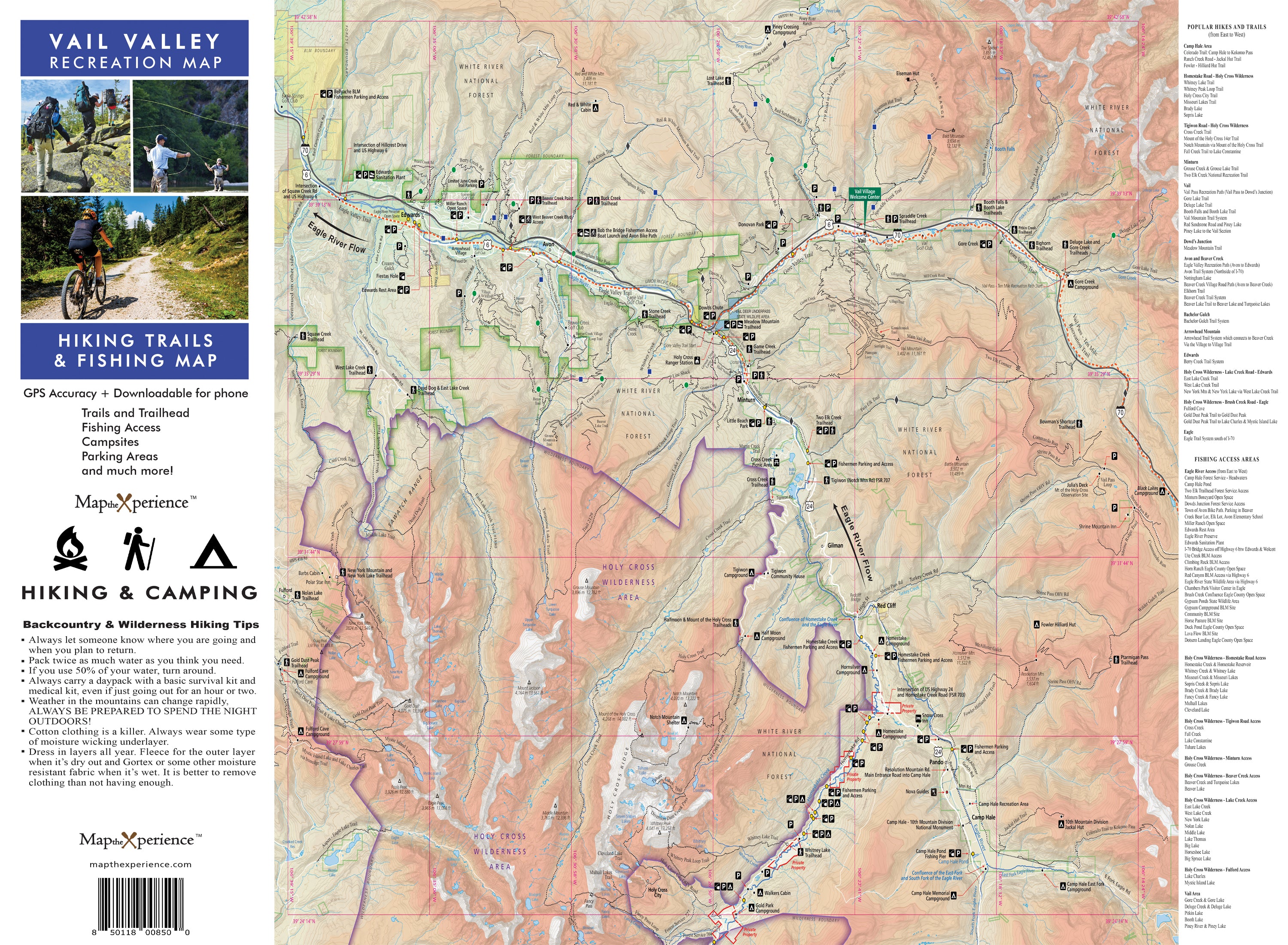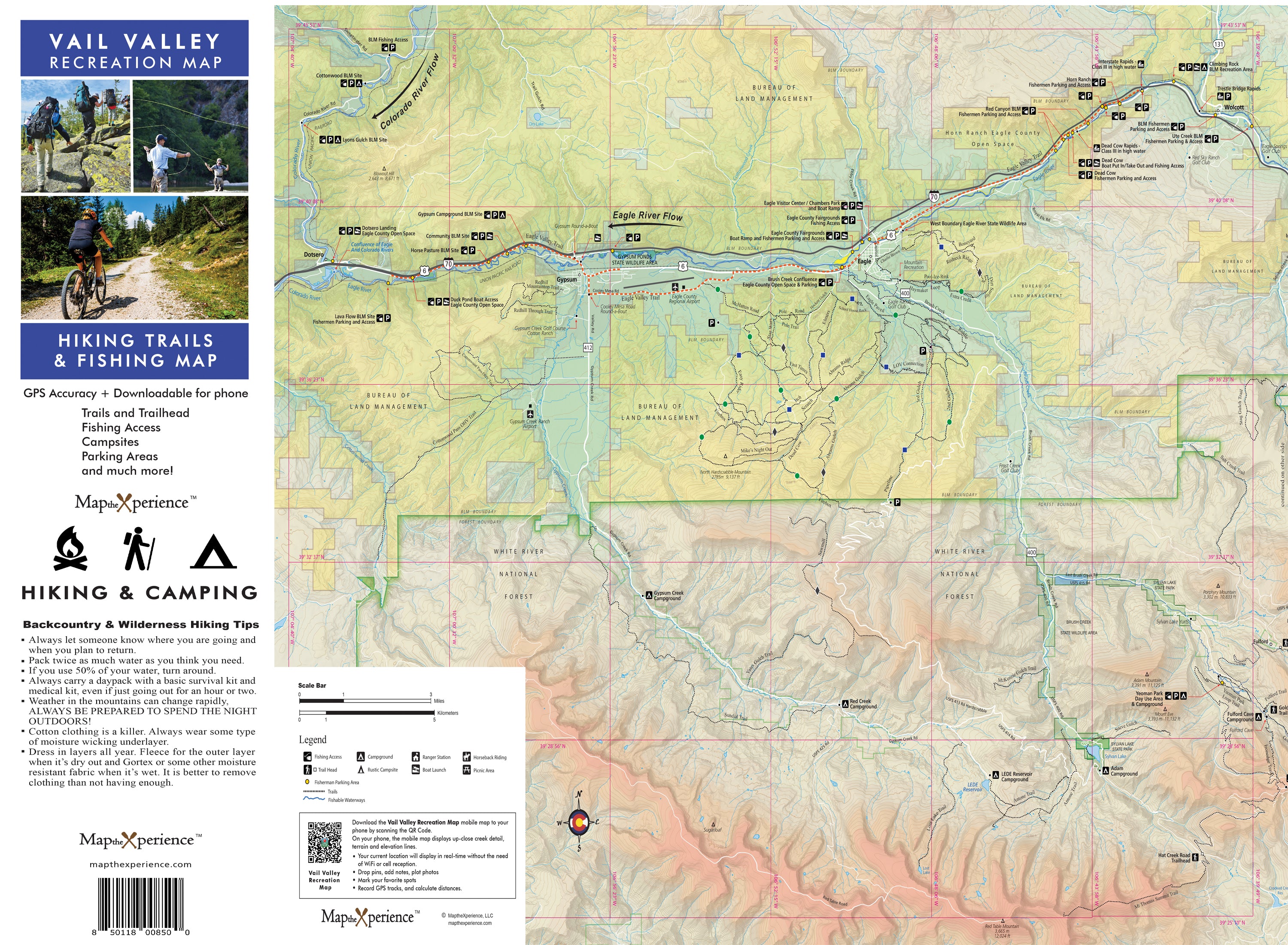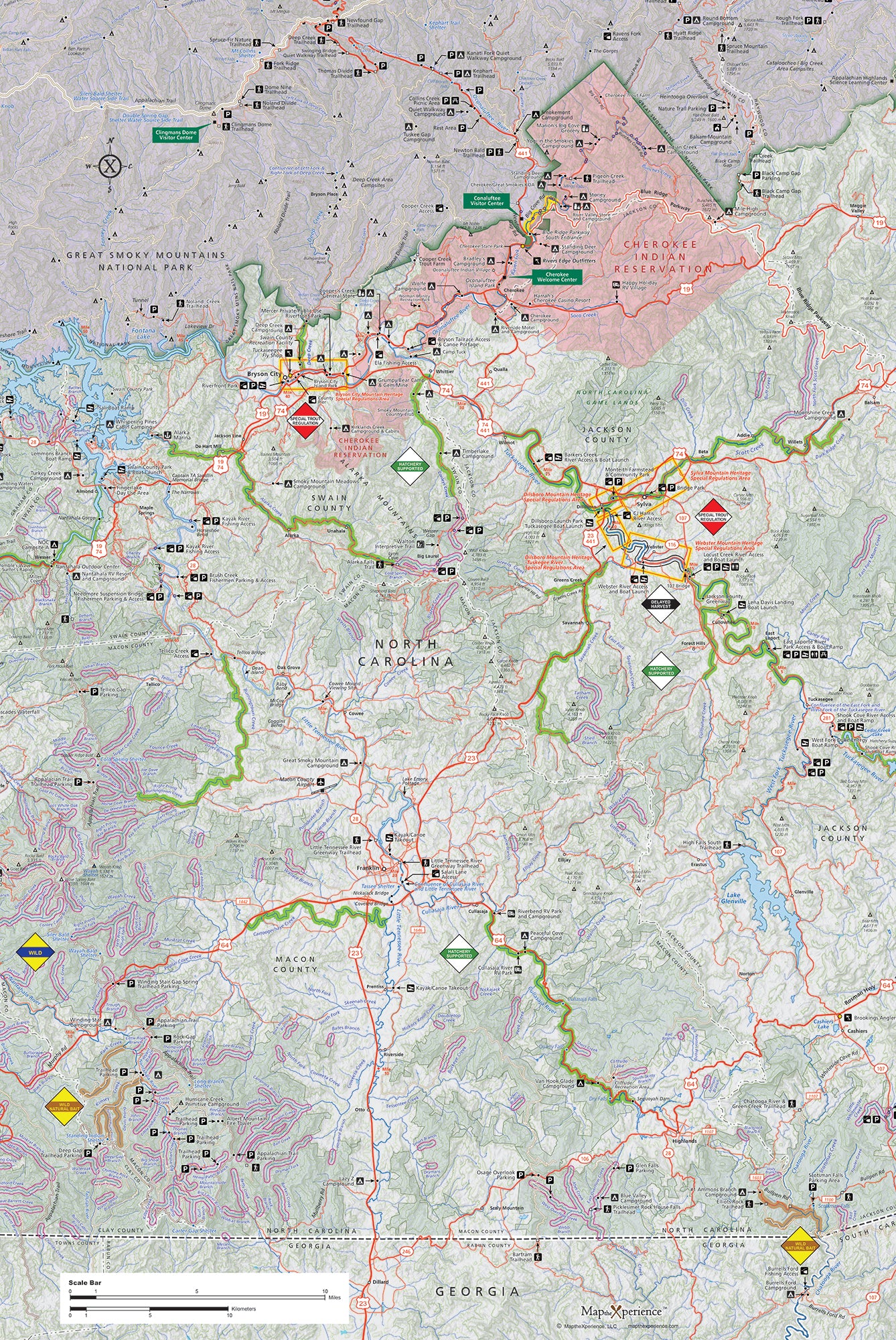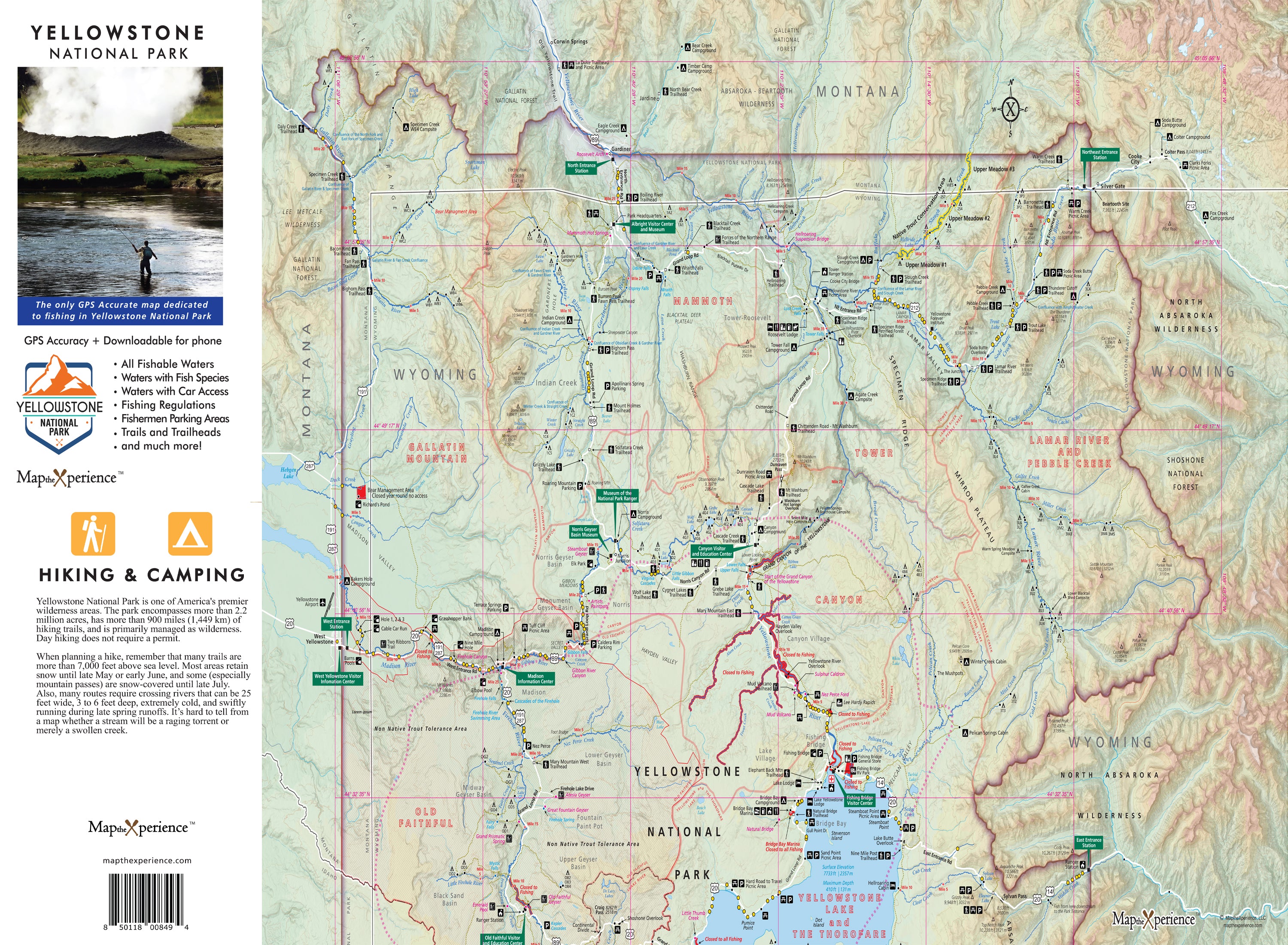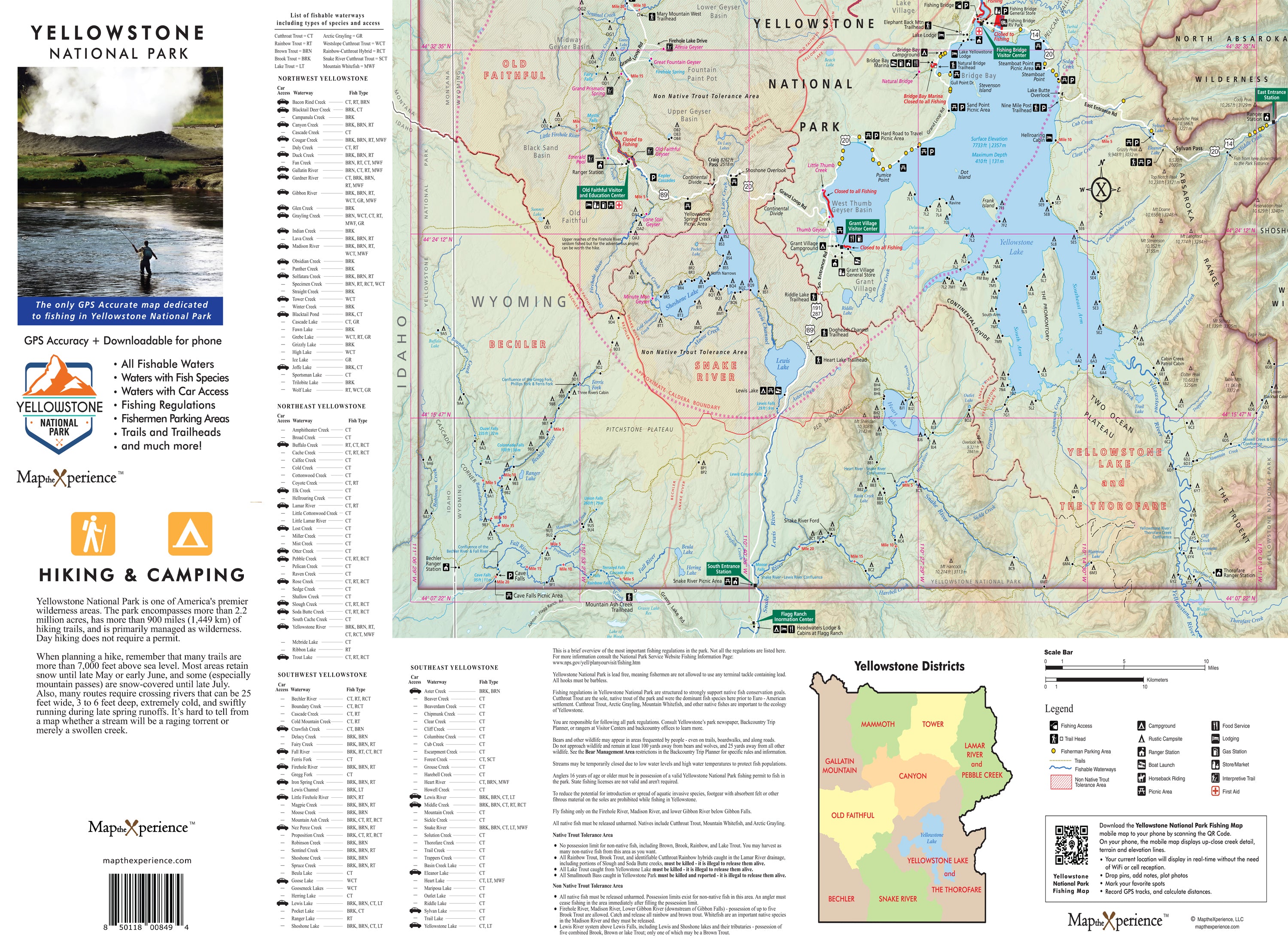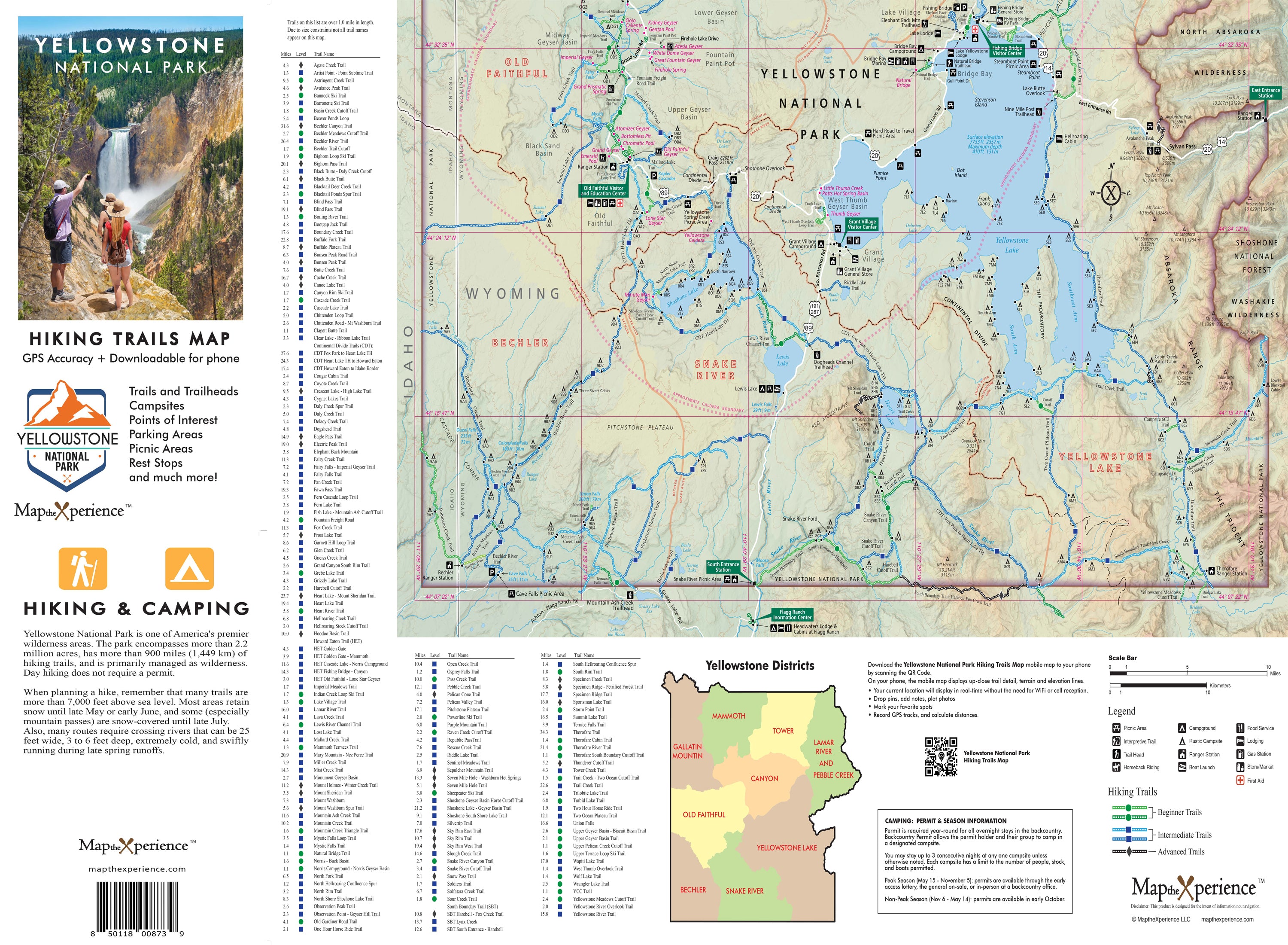- Home
- Custom Maps
-
-
-
-
-
-
- Cimarron River, New Mexico
- Clark Fork River, Montana
- Colorado River, Colorado
- Conejos River, Colorado
- Eagle River, Colorado
- East River, Colorado
- Fraser River, Colorado
- Frying Pan River, Colorado
- Gallatin River, Montana
- Green River, Utah
- Green River, Wyoming
- Gunnison River, Colorado
- Henry's Fork River, Idaho
-
- Madison River, Montana
- Missouri River, Montana
- North Platte River, Wyoming
- Pecos River, New Mexico
- Provo River, Utah
- Rio Costilla River, New Mexico
- Rio Grande River, New Mexico
- Rio Grande River, Colorado
- Roaring Fork River, Colorado
- Rock Creek, Montana
- Ruby River, Montana
- San Juan River, New Mexico
- San Miguel River, Colorado
-
- Silver Creek, Idaho
- Snake River, Wyoming
- South Fork of the Snake River, Idaho
- South Platte River, Colorado
- St. Vrain Creek, Colorado
- Taylor River, Colorado
- Uncompahgre River, Colorado
- Upper North Platte River, Colorado & Wyoming
- White River, Colorado
- Williams Fork River, Colorado
- Yampa River, Colorado
- Yellowstone River, Montana
-
-
- Norrick Fishing

